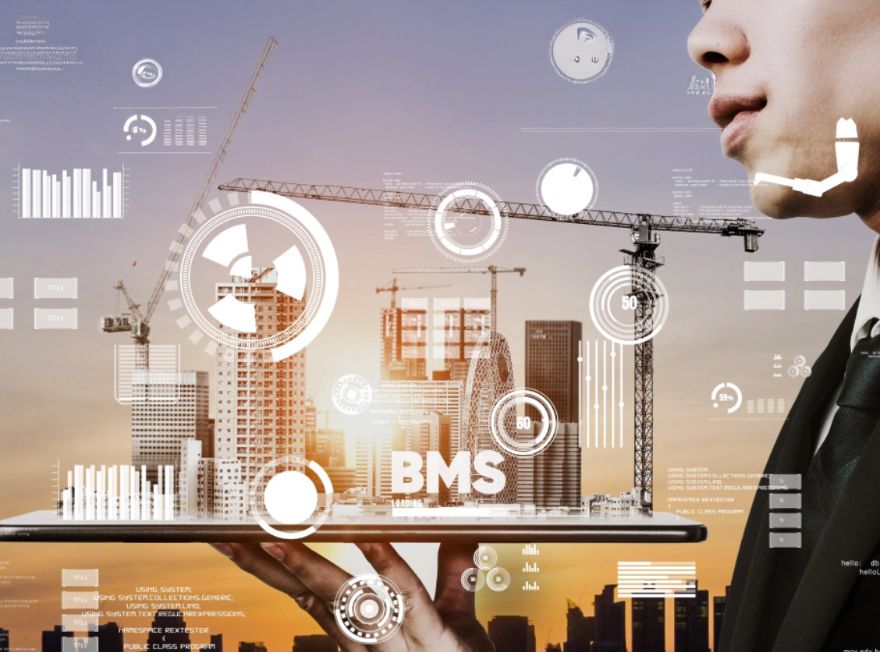
The Monitoring Module is one of the most visible and functional components of the Building Management System (BMS). This module provides managers with a comprehensive control panel by monitoring the current status of all systems and devices within the building.
Critical data such as temperature, humidity, energy consumption, HVAC systems, security devices, fire detection and access control systems are monitored and visualized in real time.
Real-time monitoring accelerates fault and anomaly detection, allowing building managers to take rapid action. In this way, unnecessary energy consumption is prevented, security threats are detected, and comfort levels within the building are kept at ideal levels. This module, supported by data visualization tools, facilitates management processes with graphics, tables, and icons, and accelerates decision-making mechanisms.
